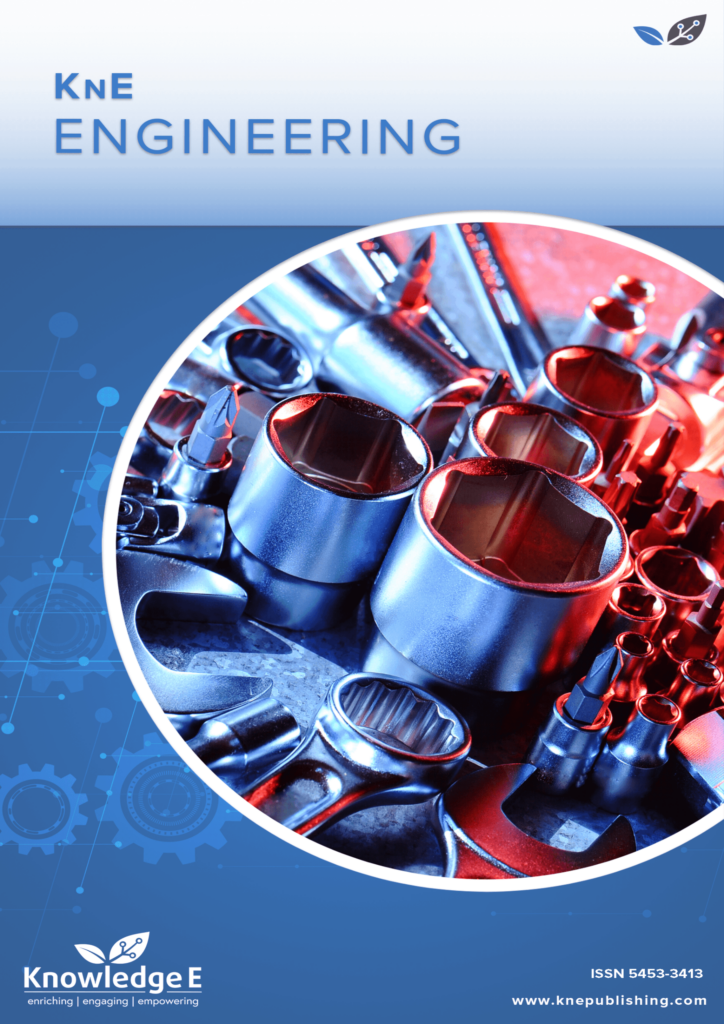
KnE Engineering
ISSN: 2518-6841
The latest conference proceedings on all fields of engineering.
Study of the leaching alterability in Soxhlet Extractor of ceramic materials with incorporation of ashes resulting from the incineration of urban solid waste
Published date: Apr 13 2020
Journal Title: KnE Engineering
Issue title: REMINE International Conference on Valorization of Mining and Industrial Wastes into Construction Materials By Alkali-activation
Pages: 188–194
Authors:
Abstract:
Population expansion, especially in metropolitan areas, has led to an increase in the production of urban solid waste (USW) by domestic and commercial activity in urban centres. Reducing the production of these wastes is an extremely difficult task. However, the reduction processes, themselves, have the potential to produce a number of useful residues. This study focuses on the residues of incinerated USW, which produces ashes of varying compositions. This study investigates a mixture of two ashes, one resulting from the incineration of USW from LIPOR II (Intermunicipal Waste Management Service of Porto Region) and another from ValorSul (Valorisation and Treatment of Solid Waste of Lisbon and West Regions), both processed by EcoInCer (Ecological Innovations Ceramics company). Ashes from several samples of USW incorporating clays were tested to identify physical and mechanical characterisations, with a view to identifying useful ecological ceramic materials which could be used by the ceramics industry. Ceramic samples with 0%, 10% and 20% of ashes were incorporated in a clay matrix composed of 5% kaolin and 95% red clay, and submitted to leaching alterability in Soxhlet Extractor. The obtained results demonstrate the ways in which the ash percentage and the firing temperature can be important in the alterability of a ceramic material.
Keywords: Ceramic materials, Leaching, Urban solid waste
References:
[1] Kirby, C.S and Rimstidt J.D (1993). Mineralogy and surface properties of municipal solid waste ash.Environmental Science and Technology, vol. 27, pp. 652-660.
[2] Hjelmar O. (1996). Disposal strategies for municipal solid waste incineration residues. J. Hazardous Materials, vol. 47, pp. 345-368.
[3] Chimenos, J.M., et al. (1999). Characterization of the bottom ash in municipal solid waste incinerator. J. of Haz. Mat., vol. 64, issue 3, pp. 211-222.
[4] Silpa, K., et al. (2018). What a Waste 2.0. A Global Snapshot of Solid Waste Management to 2050. (Washington, DC: World Bank). https://openknowledge.worldbank.org/handle/10986/30317 License: CC BY 3.0 IGO.
[5] Zbyszewski, G. and Almeida, F. M. (1960). Carta Geológica de Portugal, escala 1:50.000. Notícia explicativa da Folha 26-D (Caldas da Rainha). http://geoportal.lneg.pt/geoportal/egeo/ DownloadCartas/